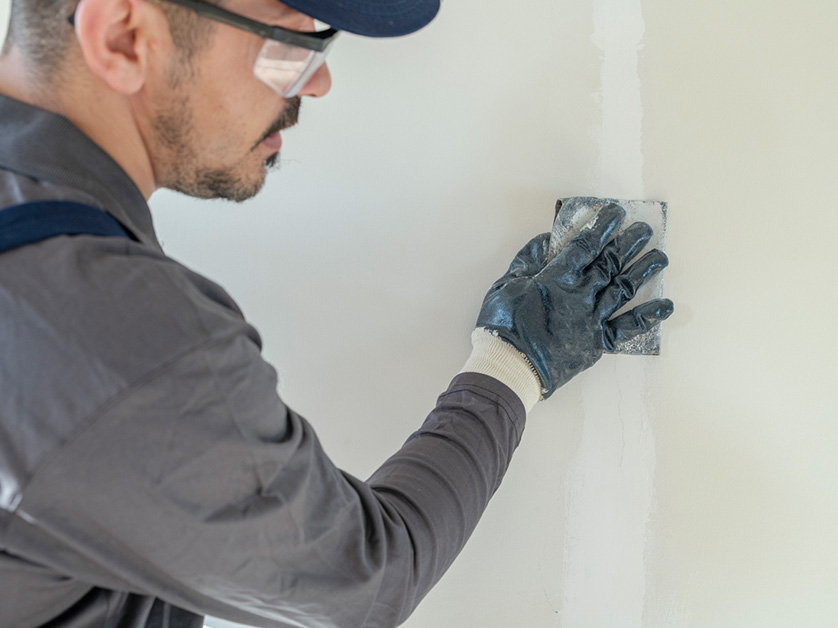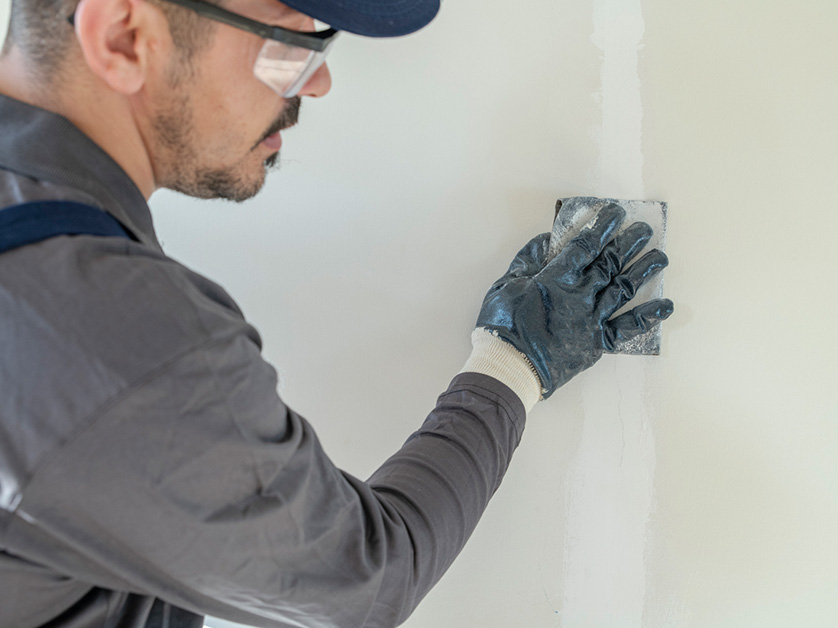Proper surface preparation is a key aspect that significantly influences the quality, durability, and appearance of a paint job. This is especially true in varying climates where weather conditions can affect paint adherence and longevity. Whether it’s a residential or commercial painting project, understanding why and how to effectively prepare surfaces before painting is crucial. Continue reading to learn more.

Achieving a Smooth and Even Finish
One of the primary objectives of thorough surface preparation is to ensure that the final coat of paint looks smooth and flawless. Imperfections such as cracks, holes, or peeling paint can detract from the appearance of the paint job. By taking the time to fill in gaps, sand the surfaces smooth, and clean away dust or grime, you can ensure the paint adheres well and looks uniform across all treated areas.
Ensuring Long-Lasting Results
A humid climate can contribute to issues such as mold growth and moisture damage. Proper surface prep helps in addressing these concerns beforehand, ensuring that the paint job lasts longer without peeling or blistering. By sealing and priming the surface correctly, you can protect your paint against harsh weather conditions, from the scorching summer heat to the occasionally wet and windy storms.
Promoting Cost Efficiency Through Proper Preparation
Skipping the step of surface preparation might seem like a time and cost-saving measure, but it can lead to additional expenses down the line. Paint that is applied on unprepared surfaces is more likely to fail, necessitating more frequent touch-ups or a complete redo of the painting project.
Getting Professional Results With Attention to Detail
Surface preparation is what differentiates a mediocre paint job from a professional one. Meticulous cleaning, sanding, and priming are all preparatory steps that contribute to a paint job that not only looks stunning but also stands up to the test of time. DIY enthusiasts and professional painters alike understand that these preparation steps are essential for achieving results that they can be proud of.
Tips for Optimal Surface Preparation
Here are more tips to ensure your surfaces are properly prepped for painting.
Surface Cleaning: Begin with a thorough cleaning of the walls or surfaces to remove any dust, grease, or stains. This might involve using mild detergents or specialized cleaners for tougher stains.
Smoothing Surfaces: Use sandpaper or a sanding machine to smooth out rough areas. This not only helps in removing old, peeling paint but also provides a better surface for the new paint to adhere to.
Addressing Gaps and Cracks: Use putty or a suitable filler to address any gaps, holes, or cracks in the surface. Ensure these are dried and sanded smoothly before proceeding.
Priming: This is a crucial step, especially in areas with high humidity. Priming helps to seal the surface, offers better paint adhesion, and increases the durability of the finish.
At Seaside Coatings, we prepare surfaces properly to ensure your new paint lasts long and looks perfect. Call us at (239) 266-8344 or complete our online form to schedule a consultation. We serve clients in Fort Myers, FL, and surrounding areas.











